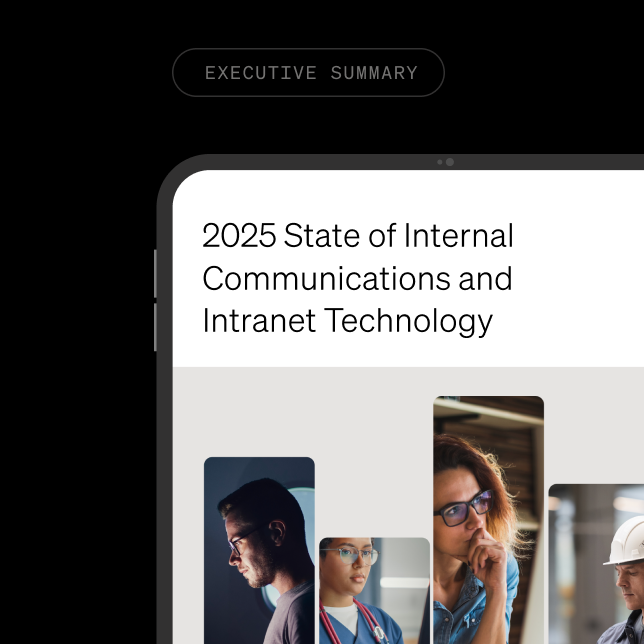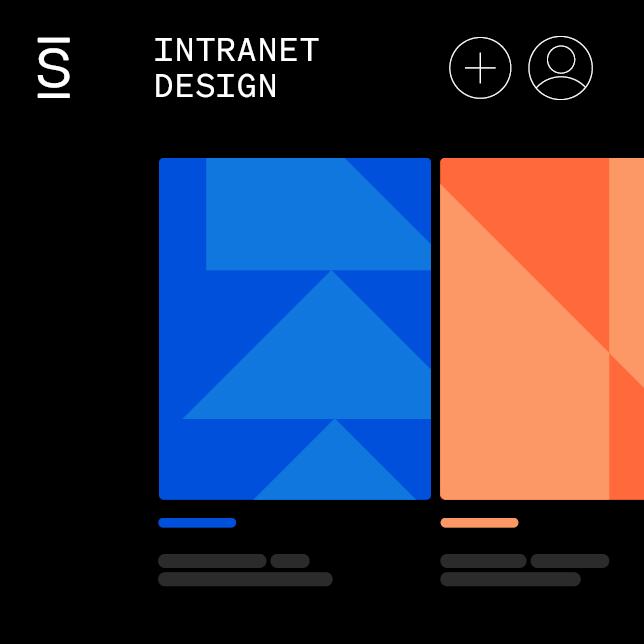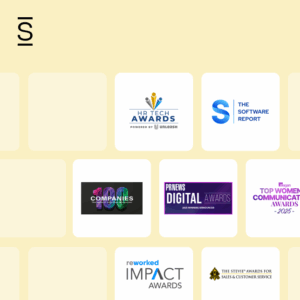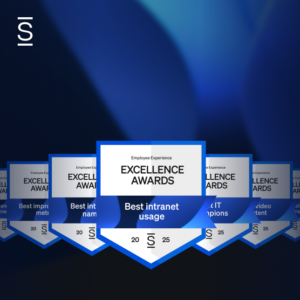Employees are the face of the company, and their interactions with external customers have a strong, immediate impact on the customer experience.
Today’s workforce tends to be digitally literate and accustomed to having easy access to information through personal use of digital and mobile technology.
These expectations hold true across generations. Deloitte research indicates that among workers, 72 percent consider it highly important or extremely important that their employers are digitally enabled.
Among Millennials, the expectations are even higher, with 85 percent of workers saying digital leadership is important in an employer. When the workplace provides employees with digital tools, they are better able to communicate and collaborate with co-workers to provide quality solutions for customers.
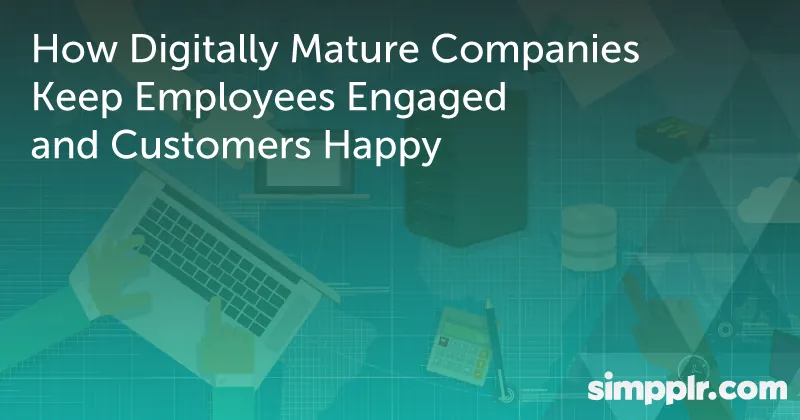
Digitally mature companies are highly aware of this connection, and they manage their internal digital technology initiatives differently than less mature peers. Though the actual technology might be similar, digitally mature organizations carefully match technology with business fundamentals. For example, they develop comprehensive transformative strategies, and they create collaborative cultures that are ready to embrace the kind of risk-taking needed in today’s competitive marketplace.
Digitally mature companies are careful to include employee development in their planning to ensure that all employees –from entry level to C-suite– have access to the resources and information they need to develop digital skills. They design online training to close skills gaps, and they create a culture of agility in which constant enhancement of skills is celebrated.
Organizational change is a complex process, and the digital transformation of a company includes factors that further complicate change initiatives. However, when well executed, these cultures generate a highly engaged workforce, and higher levels of employee satisfaction are directly linked to better customer service.

Common obstacles to improving employee experience

Digital and mobile technology play a significant role in employees’ personal lives, and most have grown accustomed to having anytime, anywhere access to information. They expect their work environments to meet or exceed this standard for accessing information. Struggling with outdated software or cumbersome data filing systems negatively impacts their overall employee experience.
In particular, an inability to access needed information affects productivity levels and leads to frustration and disengagement. The average employee needs to access up to 11 systems to perform his or her daily work.
Employees also have new expectations for digitally connecting to business resources while working in the field. Because they are empowered by mobile technology outside of work, they expect to have the same tools available from their employers.
Carrying laptops and searching for Wi-Fi connections is no longer enough–today’s workers expect the ability to use critical applications through mobile devices, so that they can maximize productivity regardless of where they are located.
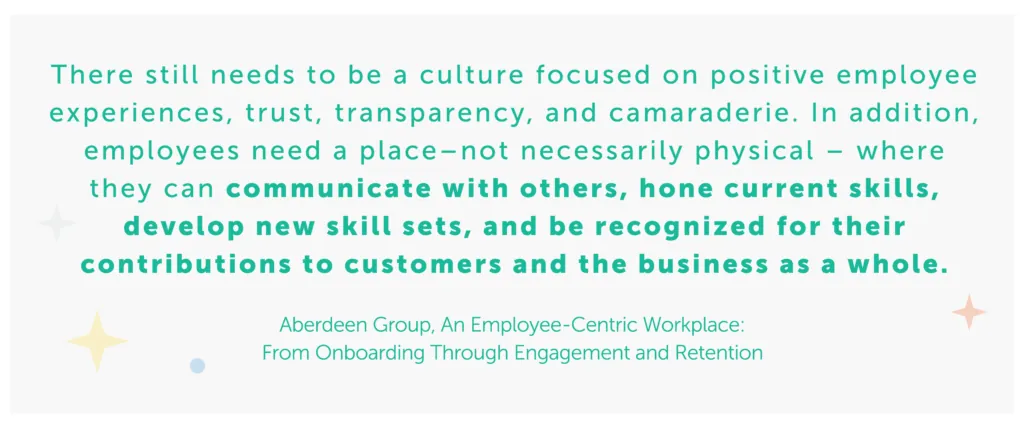
This is particularly true of Millennial workers, who make up the largest generation in the workforce today. As digital natives, they are heavily invested in mobile devices, social media, and access to information. They have little patience for working with obsolete technology, and as a group, they have indicated a willingness to entertain offers from new employers if they can look forward to better tools and resources.
This places employers in a precarious position, because in-demand skills are scarce. In an effort to retain Millennials in the long term, best-in-class organizations are meeting their expectations by investing in technology.
Keeping distributed workers connected

Advances in technology have made it easier than ever to run a multi-site company. The number of distributed workers is growing each year. More employees are working from home offices, or they are connecting with off-site team members from virtual hubs.
Gallup’s 2016 State of the American Workplace report shows that 43 percent of employees work remotely, at least occasionally. And the number of work-at-home telecommuters has skyrocketed in recent years. However, the benefits of a distributed workforce can be offset by the disengagement that comes with isolated staff members and scattered teams.

Research by Aberdeen Group shows that even the most dedicated distributed workers aren’t willing to abandon the relationships that exist in a physical office setting. While they are content to work off-site, they still need connections with team members–and with the organization. Companies interested in maximizing the advantages of remote workers are tasked with creating simple, appealing platforms that promote workplace collaboration and communication.
Digitally mature companies understand that keeping virtual teams engaged requires the right technology — a secure and reliable social intranet that integrates all forms of communication to connect, engage, and empower your employees with greater efficiency. This, in turn, leads to increased productivity, happier employees, and happier customers.

